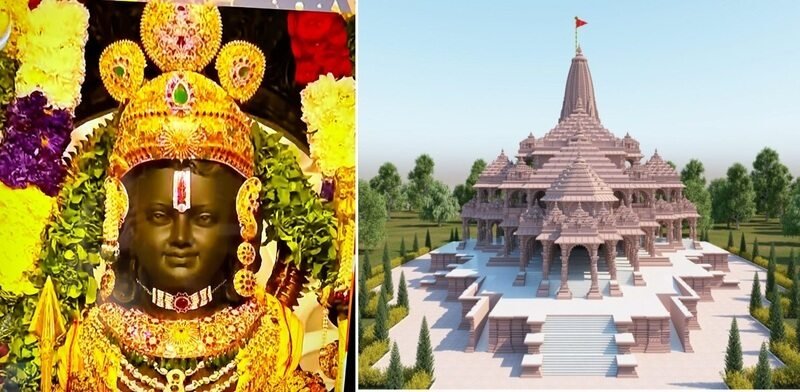Ayodhya: Unlocking the Spiritual and Cultural Gateway of India
India, a land of diverse cultures and rich heritage, has always been a magnet for travelers seeking spiritual enlightenment and cultural experiences. Among the many gems it possesses, Ayodhya stands tall as a destination that encapsulates the essence of India’s spirituality and history. With its serene beauty, ancient temples, and historical significance, Ayodhya has the potential to attract more than 100 million global travelers annually.
Nestled on the banks of the sacred river Sarayu in the northern state of Uttar Pradesh, Ayodhya holds immense religious significance for Hindus worldwide. It is believed to be the birthplace of Lord Rama, the seventh avatar of Lord Vishnu and the protagonist of the epic Ramayana. The city’s deep-rooted connection with Lord Rama makes it a must-visit destination for millions of devotees seeking to connect with their faith.
One of the primary attractions in Ayodhya is the Ram Janmabhoomi temple complex. The site has been a subject of historical and religious significance for centuries, and the recent construction of the grand Ram Mandir has further enhanced its allure. The temple’s architectural splendor, built in the Nagara style, showcases intricate carvings and sculptures that tell the legendary tale of Lord Rama. The serene atmosphere and spiritual aura of the temple draw devotees and tourists alike, making it a must-visit destination for anyone seeking spiritual solace.
Apart from its religious significance, Ayodhya also boasts a rich cultural heritage that is evident in its architectural marvels. The Hanuman Garhi temple, dedicated to Lord Hanuman, is another prominent attraction in the city. Perched atop a hill, the temple offers breathtaking panoramic views of Ayodhya and its surroundings. The mesmerizing sight of the city’s ancient temples, bustling markets, and the Sarayu River flowing gracefully is a sight to behold.
To further enhance the experience of global travelers, Ayodhya can also develop its infrastructure to accommodate the increasing footfall. The city can invest in building world-class hotels and resorts that cater to various budgets, ensuring a comfortable stay for all. Additionally, the development of tourism-friendly facilities such as guided tours, cultural shows, and adventure activities would add to the overall appeal of Ayodhya.
Promoting Ayodhya as a global spiritual and cultural hub can be achieved through strategic marketing campaigns. Collaborating with tourism boards, travel agencies, and digital platforms can help in spreading awareness about Ayodhya’s hidden treasures. By showcasing the city’s historical significance, architectural marvels, and its role in shaping India’s cultural fabric, Ayodhya can entice travelers from across the globe.
Moreover, hosting cultural festivals and events can also serve as a catalyst in attracting tourists. Ayodhya has a rich calendar of festivals, with Ram Navami being the most prominent. By organizing grand celebrations and cultural performances during these festivals, Ayodhya can showcase its vibrant culture and traditions to a global audience. This would not only encourage more tourists to visit but also provide an opportunity for them to immerse themselves in the city’s cultural tapestry.
In conclusion, Ayodhya has the potential to become a sought-after destination for global travelers seeking spiritual enlightenment and cultural experiences. With its historical significance, religious prominence, and rich cultural heritage, Ayodhya can attract more than 100 million tourists annually. By investing in infrastructure development, strategic marketing, and hosting cultural events, Ayodhya can unlock its full potential and emerge as a gateway to India’s spirituality and cultural diversity.





